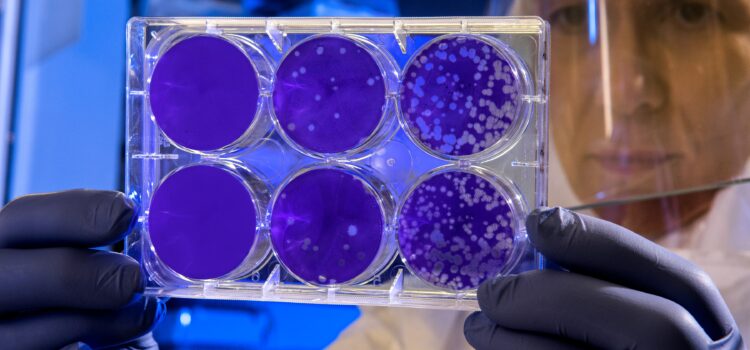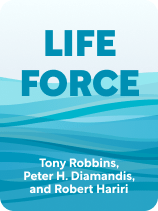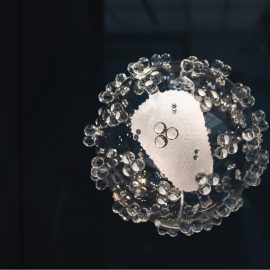

This article is an excerpt from the Shortform book guide to "Life Force" by Tony Robbins, Peter H. Diamandis, and Robert Hariri. Shortform has the world's best summaries and analyses of books you should be reading.
Like this article? Sign up for a free trial here.
Can stem cells reverse aging? How do stem cells repair aged tissue? What are the main challenges in using stem cells for anti-aging?
Stem cells are a promising solution for reversing the aging process. Injecting stem cells can induce healing of the tissues damaged in the process of aging and restore overall cellular function.
Keep reading to learn about stem cell therapy for anti-aging.
Stem Cell Therapy to Reverse Aging
In their book Life Force, Tony Robbins, Peter Diamandis, and Robert Hariri explain that we can use stem cell therapy to essentially rebuild our bodies. Stem cells are cells that can turn into any type of cell according to the body’s needs and can then continue to replicate themselves. They can repair damaged tissue and strengthen your immune system. As we age, we begin to exhaust our supply of stem cells. When injected, stem cells can replace older, damaged cells and reduce our biological age.
(Shortform note: Stem cell exhaustion is considered by some experts to be one of the nine reasons we age. They suggest that reframing our medical treatment model away from one that focuses on infectious disease and toward one that focuses on aging will be more effective at preventing both infectious and age-related disease and extending people’s lifespans.)
One method of stem cells for anti-aging involves extracting a patient’s own stem cells from their adipose tissue or bone marrow. However, the authors explain that this method is invasive and unreliable. They instead highlight placental stem cells, those derived from fresh placentas after a healthy birth. These cells are of the highest quality because they haven’t been exposed to toxins or damage from UV rays or tobacco and because they include supercharged immune cells that fight cancer. Unfortunately, they have yet to receive FDA approval. Robbins explains how three days of treatment with stem cells from umbilical cords—which he describes as second-best to placental stem cells—cured him of back pain that had plagued him for 14 years.
(Shortform note: Some critics have noted that Robbins’s description of his stem cell therapy as a total cure for his back pain fails to account for the other pain-reduction techniques he was using. They also propose that adipose-derived stem cells are more effective and accessible than Robbins suggests and that their efficacy as a treatment shouldn’t be dismissed. Currently, stem cells derived from umbilical cords are the only FDA-approved stem cell treatment, and they’re only approved for treatment of blood disorders.)

———End of Preview———
Like what you just read? Read the rest of the world's best book summary and analysis of Tony Robbins, Peter H. Diamandis, and Robert Hariri's "Life Force" at Shortform.
Here's what you'll find in our full Life Force summary:
- How new technology may dramatically expand the human lifespan
- Lifestyle changes you can make now to increase your lifespan
- Whether or not it's possible for humans to become immortal






